Marc Duldig (ed.)9812707816, 978-981-270-781-9
Table of contents :
CONTENTS……Page 10
Editors……Page 6
Reviewers……Page 8
Preface……Page 12
1. Introduction……Page 14
2. Before IGY……Page 17
3. Research Style Near and During IGY……Page 18
4. From Discoveries to Predictions……Page 22
5. Real-Time Observations and Calculations……Page 26
6. Issues for Future Studies……Page 30
6.2. Macroscopic versus microscopic……Page 31
6.4. The solar wind and the boundary condition to the magnetosphere……Page 32
7.2. Finding yourself in the global framework……Page 33
7.5. Education and outreach……Page 34
Acknowledgments……Page 35
References……Page 36
1. Introduction……Page 38
2.1. What is a magnetic storm?……Page 40
2.2. What is a substorm?……Page 41
3.1. “Triggering” of substorms?……Page 42
3.2. Are there magnetic storms without substorms?……Page 46
3.3. Are storms without substorms different?……Page 47
3.4. Are there other auroral macroscale events different from substorms, convection bays, and storms?……Page 49
3.5. Are magnetic cloud-induced storms huge convection bays?……Page 51
4. Discussion……Page 54
5. Final Comments……Page 56
References……Page 57
1. Introduction……Page 60
2. Substorm Injection and Enhanced Convection as an Agent of Ring Current Particle Transport……Page 63
3. Another Role of Substorms: O+ Supply to the Ring Current……Page 67
4.1. Actual profile of particle transport by enhanced convection……Page 71
4.2. O+ dynamics based on the ENA observation……Page 73
5. Summary Discussion……Page 75
References……Page 77
1. Introduction……Page 82
2. Computer Simulations……Page 84
3. Conclusions……Page 87
Acknowledgments……Page 88
References……Page 89
1. Introduction……Page 92
2.1. Solar proton event of August 2005……Page 93
2.2. NOAA data……Page 94
2.3. Variation of cutoff L-values……Page 97
3. Discussion……Page 98
References……Page 101
1. Introduction……Page 104
2.1. High-speed streams and their effects on Earth……Page 105
2.2. High-intensity long-duration continuous AE activity events……Page 108
3. Conclusions……Page 112
References……Page 113
1. Introduction……Page 116
2. Data Analysis……Page 117
3. Discussion and Summary……Page 120
References……Page 124
1. Introduction……Page 126
2. Instrument Design and Operation……Page 128
2.1. Electron source……Page 129
2.2. Radio frequency mass analyzer……Page 131
2.3. Particle imager……Page 132
3. Summary……Page 133
Acknowledgments……Page 134
References……Page 135
1. Introduction……Page 136
2.1. Nonlinear force-free magnetic fields……Page 137
2.2. A faster current-field iteration method……Page 139
3.1. Existing methods of flare prediction……Page 143
3.2. Event statistics method……Page 145
3.3. Incorporating additional information……Page 146
4. Summary……Page 148
References……Page 149
1. Introduction……Page 152
2.1. October 31, 2004……Page 153
2.2. November 3, 2004……Page 155
3. Conclusion……Page 157
References……Page 159
1. Introduction……Page 160
2. Diurnal Modulation……Page 161
3. Transport Parameters……Page 162
4. Long-Term Modulations……Page 165
5. Electric Fields in Space……Page 167
6. Modulation Parameter BV……Page 168
7. Median Rigidity of Detector Response……Page 170
8. Forbush Decrease of July 1982……Page 171
9. Voyager 2 Data……Page 172
References……Page 175
1.1. Hysteresis phenomenon and the inverse problem for galactic cosmic ray propagation and modulation in the Heliosphere……Page 180
1.2. Hysteresis phenomenon and the model of CR global modulation in the frame of convection–diffusion mechanism……Page 181
1.3. Even-odd cycle effect in CR and role of drifts for NM energies……Page 183
1.4. The inverse problem for CR propagation and modulation during solar cycle 22 on the basis of NM data……Page 185
1.4.1. Results for Climax NM data……Page 187
1.4.3. Results for Tyan-Shan NM data……Page 189
1.4.5. Main results for the inverse problem for the solar cycle 22 on the basis of NM data……Page 190
2.1. Diffusion time-lag for low-energy particles……Page 191
2.2. Convection–diffusion modulation for low-energy galactic CR particles……Page 193
2.4. Satellite proton data and corrections to solar CR increases and the jump in December 1995……Page 194
2.5. Results for proton data obtained by IMP-8 and GOES……Page 196
2.6. Properties of alpha-particles from satellite data……Page 197
2.7. Results for alpha-particles in the energy interval 330–500 MeV……Page 198
References……Page 200
1. The Basis of the Problem……Page 202
2. The Method to Automatically Search for the Start of Great SEP Events……Page 203
3. The Probability of False Alarms……Page 205
4. The Probability of Missed Triggers……Page 206
5.1. Coupling functions method……Page 207
5.2. The case of magnetically quiet periods……Page 208
5.3. The case of magnetically disturbed periods……Page 209
6. On-Line SEP Spectrum Determination from Data of Two or More Observatories During Magnetically Disturbed Periods……Page 210
7. On-Line Determination of the Time of Ejection, Diffusion Coefficient, and SEP Spectrum at the Source……Page 211
8. Checking the Model by Calculations of Expected Diffusion Coefficient……Page 213
9. The Case when the Diffusion Coefficient Increases with Distance from the Sun……Page 214
10. SEP Forecasting by Using only NM Data……Page 215
11. SEP Forecasting by the On-Line Use of Both NM and Satellite Data……Page 216
12. On the Connection of SEP Fluxes with Differential and Integral Radiation Doses Inside Aircraft……Page 217
14. Conclusion……Page 218
References……Page 219
1. The Method……Page 222
2. Hysteresis Phenomenon and Model of Cosmic Ray Global Modulation……Page 223
3. Dimension of the Modulation Region Near Solar Minimum 1994–1996……Page 225
4. Estimation of Correlation and Regression Coefficients……Page 226
6. Prediction of Cosmic Ray Variations by Integral F Near SA Minimum……Page 227
7. Forecasting CR Intensity During the Periods of Increasing SA……Page 228
8. On the Relative Role of Drift Modulation in Minima and Maxima of Solar Activity on the Basis of Data for 1953–2000……Page 230
9. On the Connection of Galactic CR Intensity with Differential and Integral Radiation Doses Inside Aircraft……Page 231
11. Analytical Presentation of Radiation Dose Coupling Functions for Aircraft……Page 232
12. Monitoring and Forecasting of Radiation Dose Inside the Aircraft……Page 233
References……Page 234
Comparative Measurements of Cosmic Radiation Monitors for Aircrew Exposure Assessment I. L. Getley, L. G. I. Bennett, M. L. Boudreau, B. J. Lewis, A. R. Green, A. Butler, M. Takada and T. Nakamura……Page 236
1. Introduction……Page 237
2. Equipment……Page 238
3. Comparison of Compact Spectrometers, Dosimeters, and Codes……Page 240
4. Conclusions……Page 243
References……Page 244
1. Introduction……Page 246
2.1. Ambient dose rate as a function of altitude and solar modulation……Page 247
2.2. Revised solar modulation model……Page 249
2.3. Effective to ambient dose rate ratios……Page 250
3.2. MCNPX……Page 252
4. Conclusions……Page 254
References……Page 255

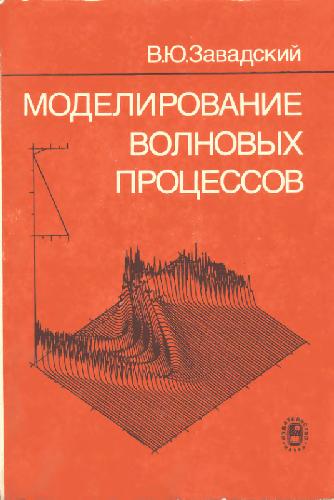

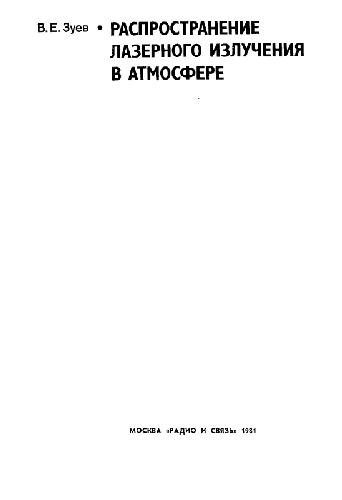
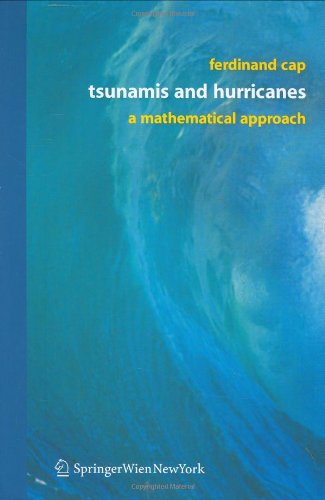
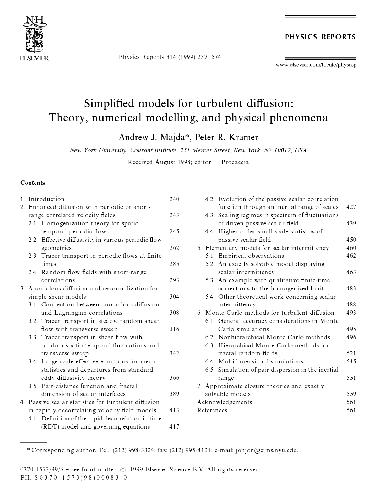
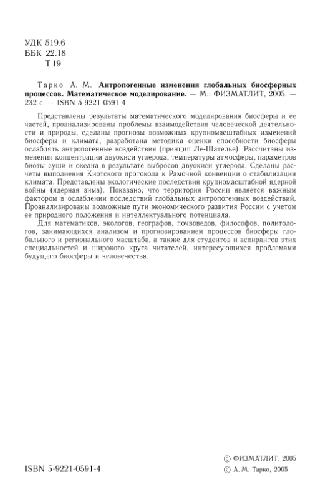
Reviews
There are no reviews yet.